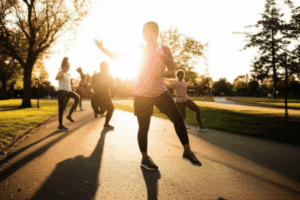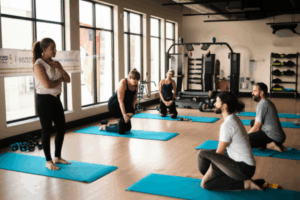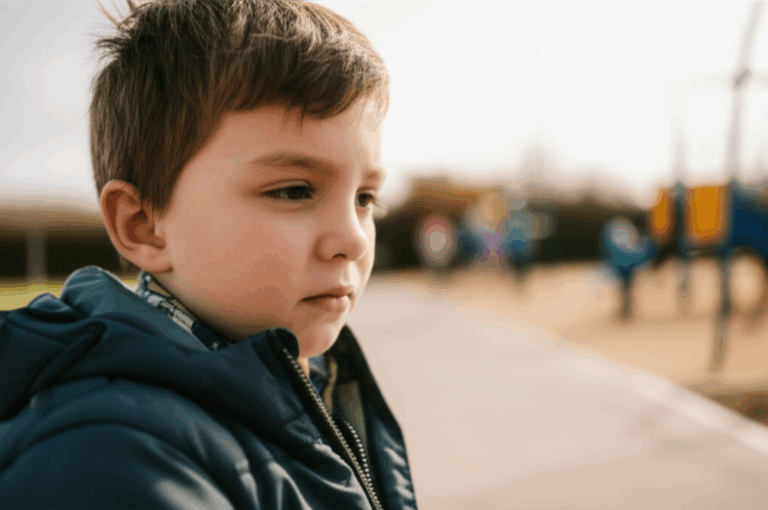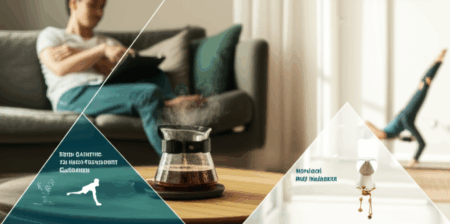In an increasingly digital and often sedentary world, a silent crisis is affecting the youngest members of our society: a rise in children’s mental health challenges. From heightened anxiety to increased rates of depression, young minds are under immense pressure. While various factors contribute to this growing concern, a powerful, accessible, and often overlooked solution lies in something fundamental to childhood: movement and play. Research increasingly underscores that physical activity is not just vital for physical development, but it’s a critical cornerstone for fostering robust mental health and emotional resilience in children, helping them to move, play, and ultimately, thrive.
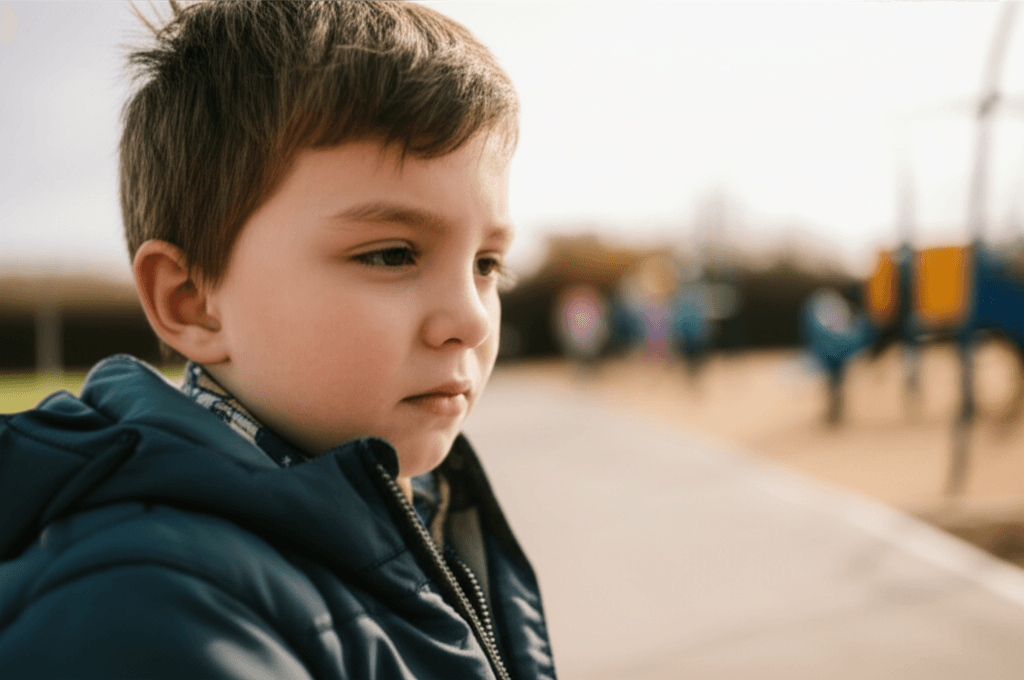
The Growing Crisis in Children’s Mental Health
The past few years have presented unprecedented challenges for young people, marked by social isolation, increased screen time, and academic pressures, all contributing to a surge in mental health issues among children and adolescents. Reports indicate that a significant number of adolescents fall short of recommended physical activity levels, exacerbating these issues. This highlights an urgent need for effective, preventative strategies that can support children’s emotional well-being from an early age.
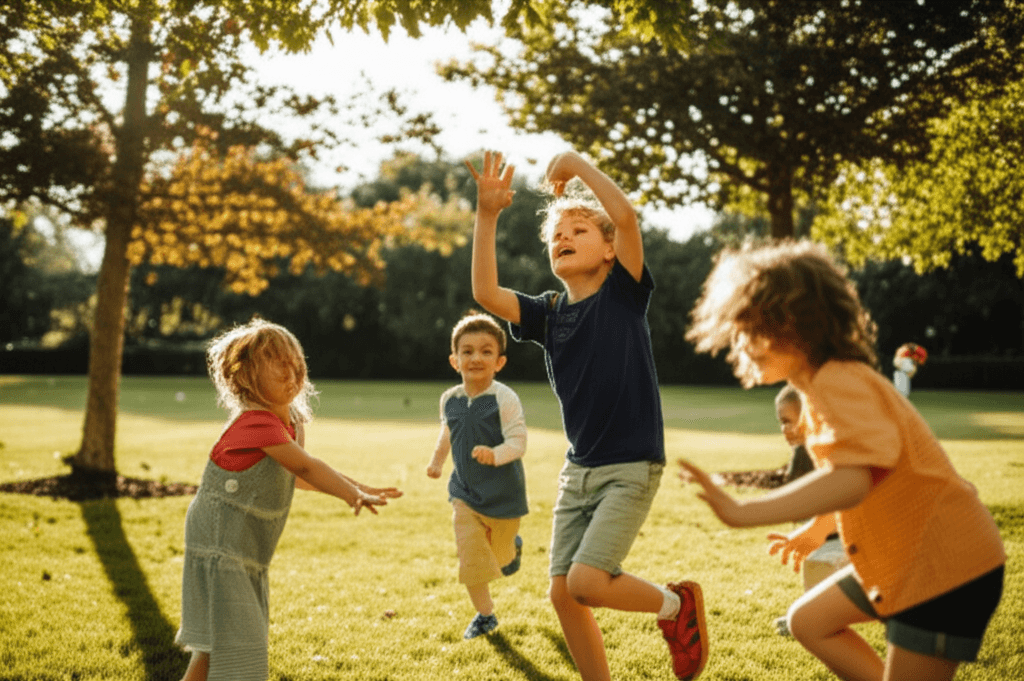
The Brain-Body Connection: How Movement Nourishes Young Minds
The link between physical activity and mental well-being is deeply rooted in brain chemistry and function. When children engage in movement, their brains become a hub of beneficial activity:
Neurochemical Boosts for Mood and Stress Reduction
Physical activity triggers the release of “feel-good” neurochemicals such as endorphins, serotonin, and dopamine. These hormones play a crucial role in managing stress, improving mood, and fostering a sense of pleasure and satisfaction. Conversely, movement helps reduce levels of cortisol, the primary stress hormone, thereby mitigating anxiety and tension. Studies show that even a single session of cardiovascular activity can increase beneficial chemicals and decrease stress hormones.
Building Better Brain Connections and Cognitive Function
Movement does more than just strengthen muscles; it actively shapes the developing brain. Regular physical activity increases blood flow, delivering essential oxygen and nutrients to the brain, which supports healthy brain development. It helps build and strengthen neural connections, particularly in areas responsible for memory, learning, and emotional regulation. This “brain training” through movement makes the brain more adaptable and resilient. Children who are physically active tend to demonstrate better focus, stronger memory retention, and improved problem-solving abilities, leading to enhanced academic performance.
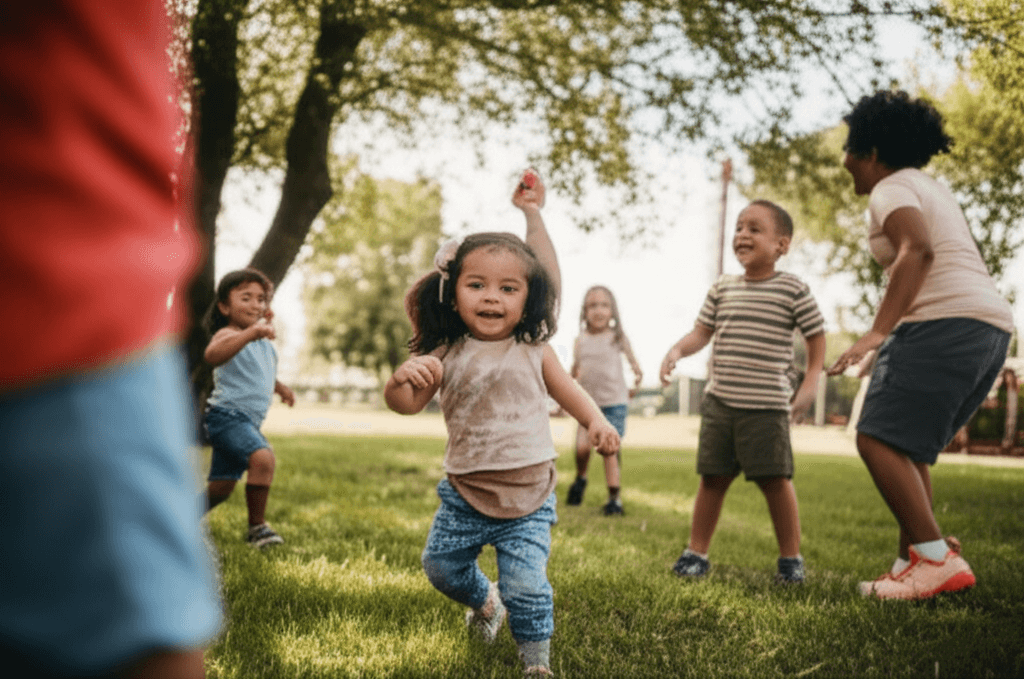
Key Mental Health Benefits of Physical Activity for Children
Engaging in regular physical activity provides a comprehensive range of mental health benefits for children:
Reduced Anxiety and Depression
Physical activity is a natural stress reliever, significantly reducing symptoms of anxiety and depression. A recent study found that children who met fitness benchmarks consistently showed a lower tendency for depression, anxiety, and ADHD. Daily physical activity, even as little as 15 minutes of running or an hour of walking, has been shown to reduce the risk of depression. Children who participated in daily physical activity were twice less likely to experience anxiety and depression compared to those with no physical activity.
Improved Emotional Regulation and Self-Control
Movement plays a direct role in developing emotional regulation, the ability to recognize, process, and manage one’s emotions effectively. Activities that involve coordination and repetition, or “stop and go” games, stimulate the prefrontal cortex, enhancing emotional regulation and decision-making. Through physical games, children learn patience, cooperation, and how to accept defeat or celebrate victories, fostering self-control and emotional intelligence.
Enhanced Self-Esteem and Confidence
Mastering new physical skills or overcoming challenges in play significantly boosts a child’s confidence and self-esteem. The sense of accomplishment derived from physical activity can instill perseverance, which is crucial for emotional growth. This confidence can transfer to other areas of their lives, promoting a more positive self-image.
Better Sleep Quality
Physically active children often enjoy more restful and sound sleep. Physical exertion helps regulate the body’s circadian rhythm, making it easier for children to fall asleep and stay asleep. Adequate sleep is fundamental for both physical and mental recovery, contributing significantly to overall well-being.
Development of Social Skills and Connection
Many forms of physical activity, especially group sports and games, offer invaluable opportunities for social interaction. Children learn teamwork, communication, cooperation, and conflict resolution skills. Interacting with peers in active play fosters a sense of community and belonging, creating a positive environment where children can build friendships and practice empathy, reducing feelings of isolation.
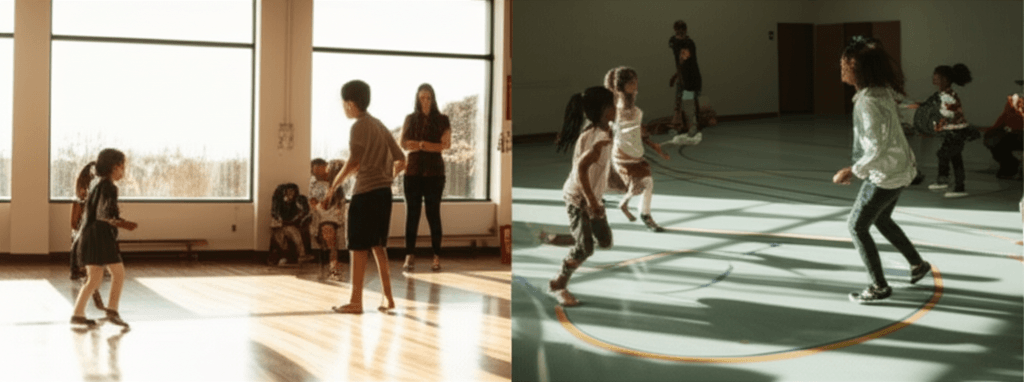
Types of Movement: Structured vs. Unstructured Play
Both structured and unstructured play are crucial for a child’s holistic development and mental health.
Structured Play
Structured play involves organized activities with specific rules and objectives, often guided by adults. Examples include team sports, dance classes, or martial arts. These activities teach discipline, focus, problem-solving, and the ability to follow instructions. Structured activities also reinforce bonds with caregivers and peers and can introduce new mentors.
Unstructured Play
Unstructured play, or free play, is child-driven and spontaneous, without predefined rules or objectives. This includes exploring nature, imaginative games, building forts, or simply running around the yard. Unstructured play nurtures creativity, independence, and emotional resilience by allowing children to discover their own interests, make mistakes, and learn from them in a pressure-free environment. It provides a vital break from an often highly structured life.
Finding a balance between these two types of play is key to supporting a child’s overall development.
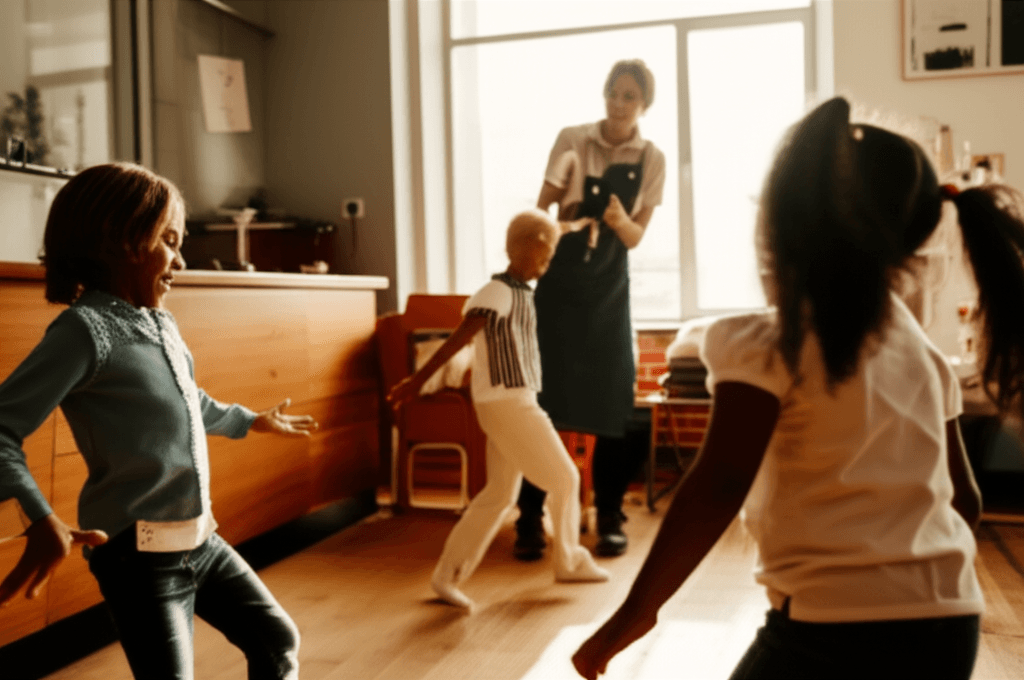
The Role of Parents and Educators
Parents and educators play a pivotal role in fostering a movement-rich environment for children.
Providing Support and Opportunities
Parents can offer tangible support by providing safe places to play, enrolling children in sports programs, or purchasing equipment. Family support, such as attending games or showing genuine interest, is crucial for sustaining a child’s interest in physical activity. It is also important for parents to expose children to a variety of activities to help them find what they enjoy.
Role Modeling Active Lifestyles
Active adults, particularly parents, serve as powerful role models. Children whose parents are physically active are more likely to be active themselves. This doesn’t require parents to be athletic; simply engaging in regular walking, yard work, or other activities demonstrates the importance of movement in daily life. Even sedentary parents can positively impact their children’s activity levels by providing opportunities and encouragement.
Setting Limits on Sedentary Behavior
Minimizing inactivity, especially excessive screen time, is as important as promoting physical activity. Parents can limit TV and video game time to encourage more active pursuits.
Conclusion: Movement as a Lifelong Foundation for Well-being
In an era where children’s mental health is a growing concern, recognizing and prioritizing the profound impact of movement and play is essential. From boosting feel-good chemicals and building crucial brain connections to reducing anxiety, enhancing self-esteem, improving sleep, and fostering vital social skills, physical activity is a multifaceted and powerful tool. By encouraging both structured and unstructured play, and by actively modeling and supporting an active lifestyle, parents and educators can empower children to not only be physically healthy but also to develop the emotional resilience and mental strength needed to navigate the world and truly thrive.

